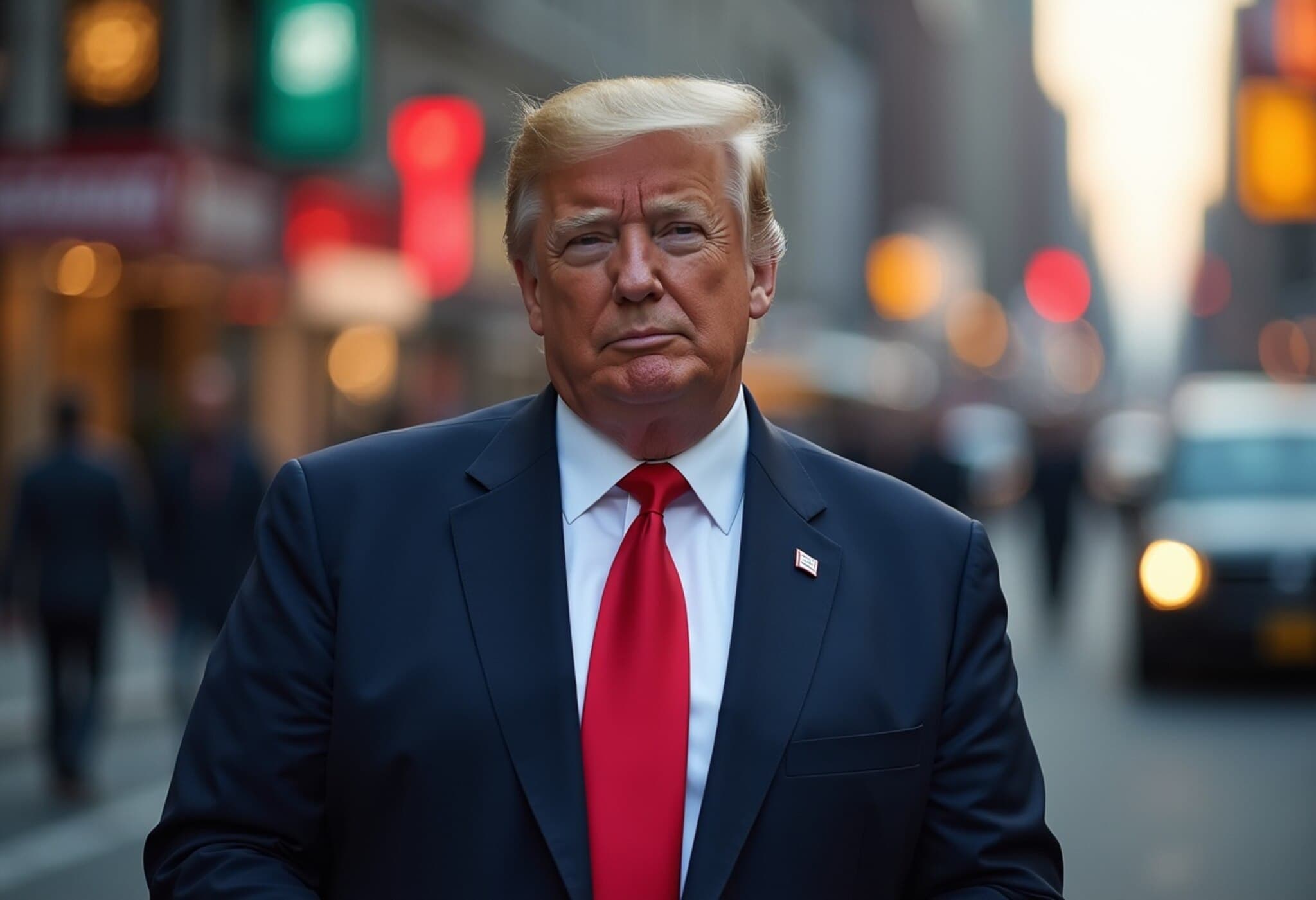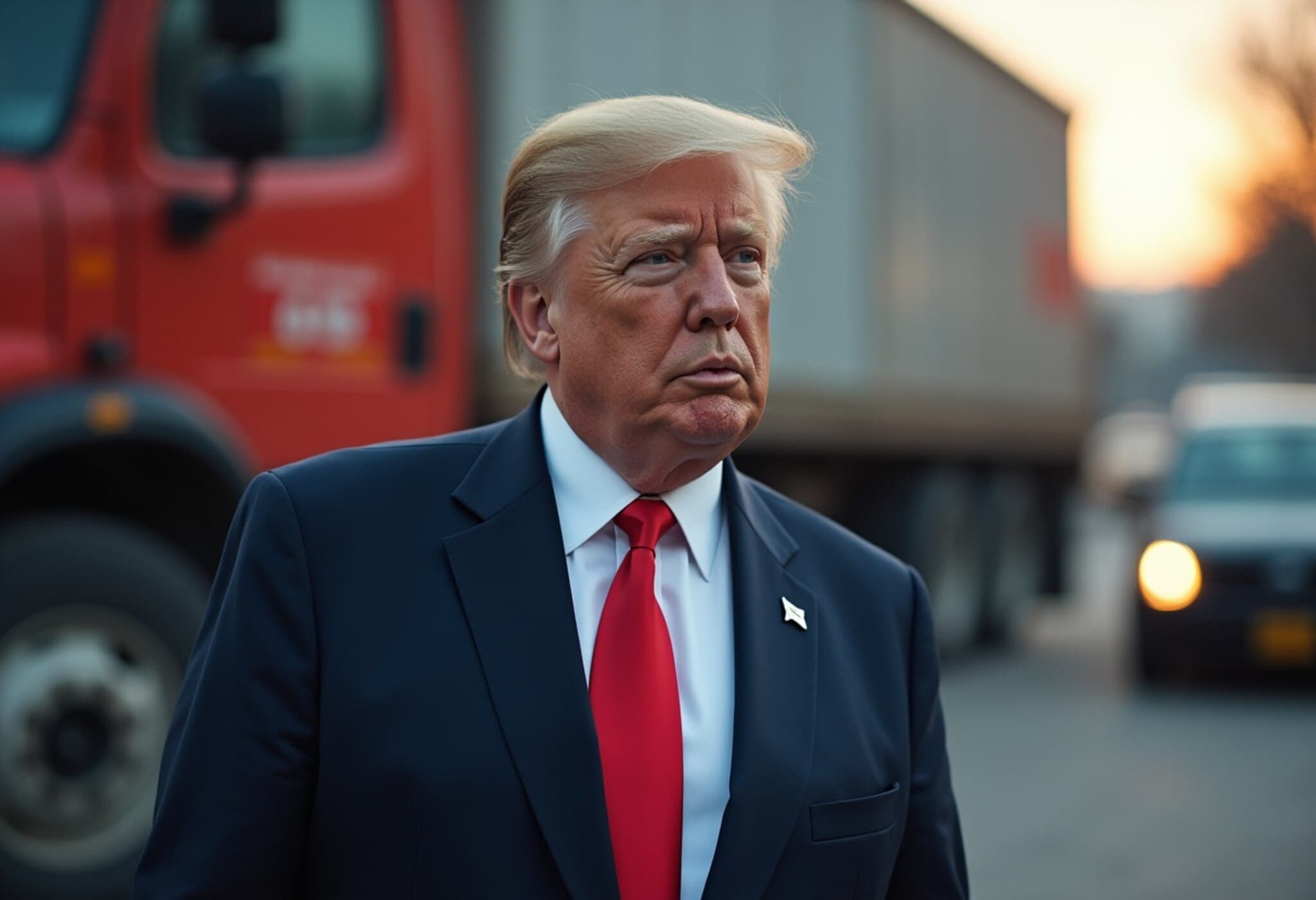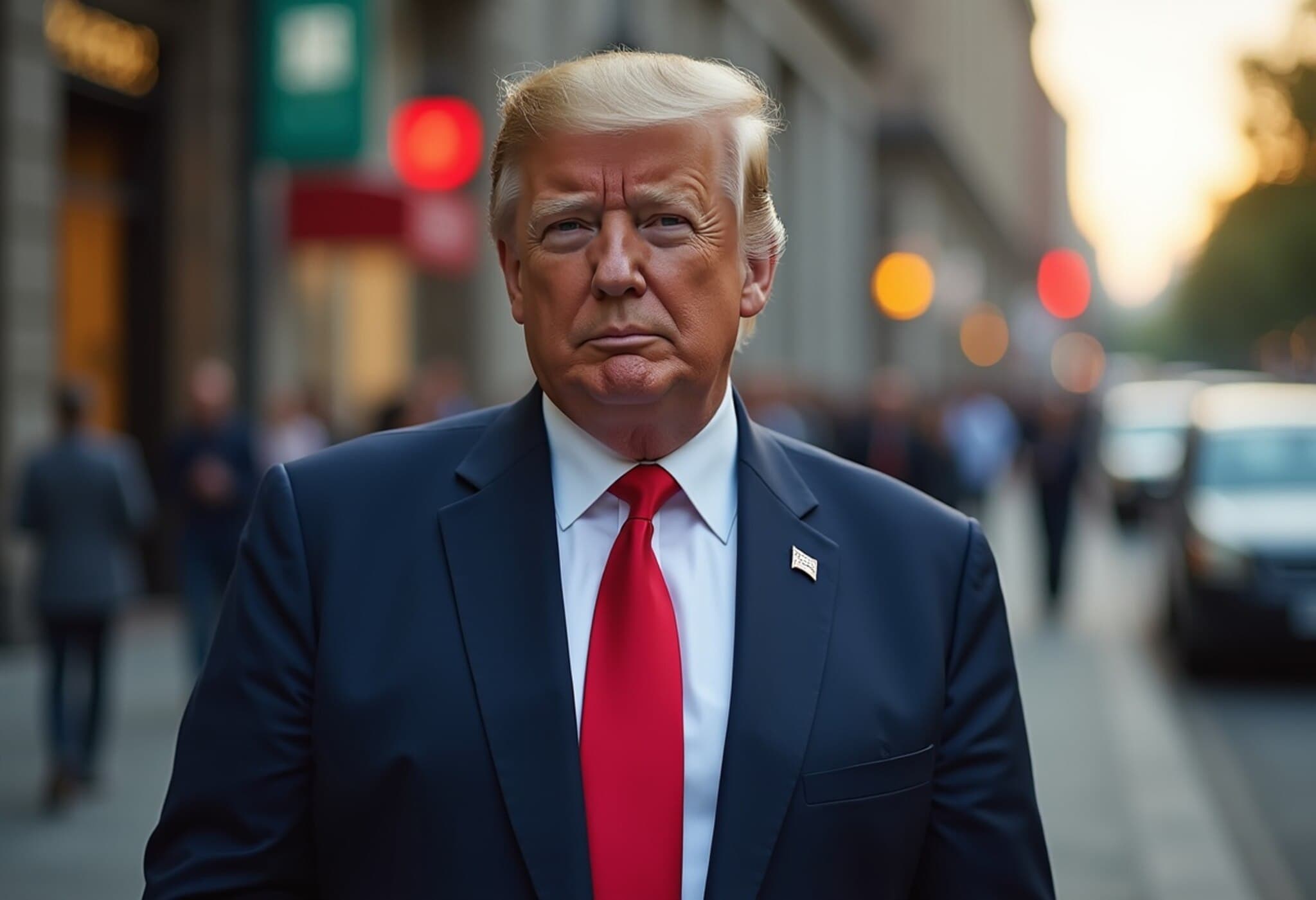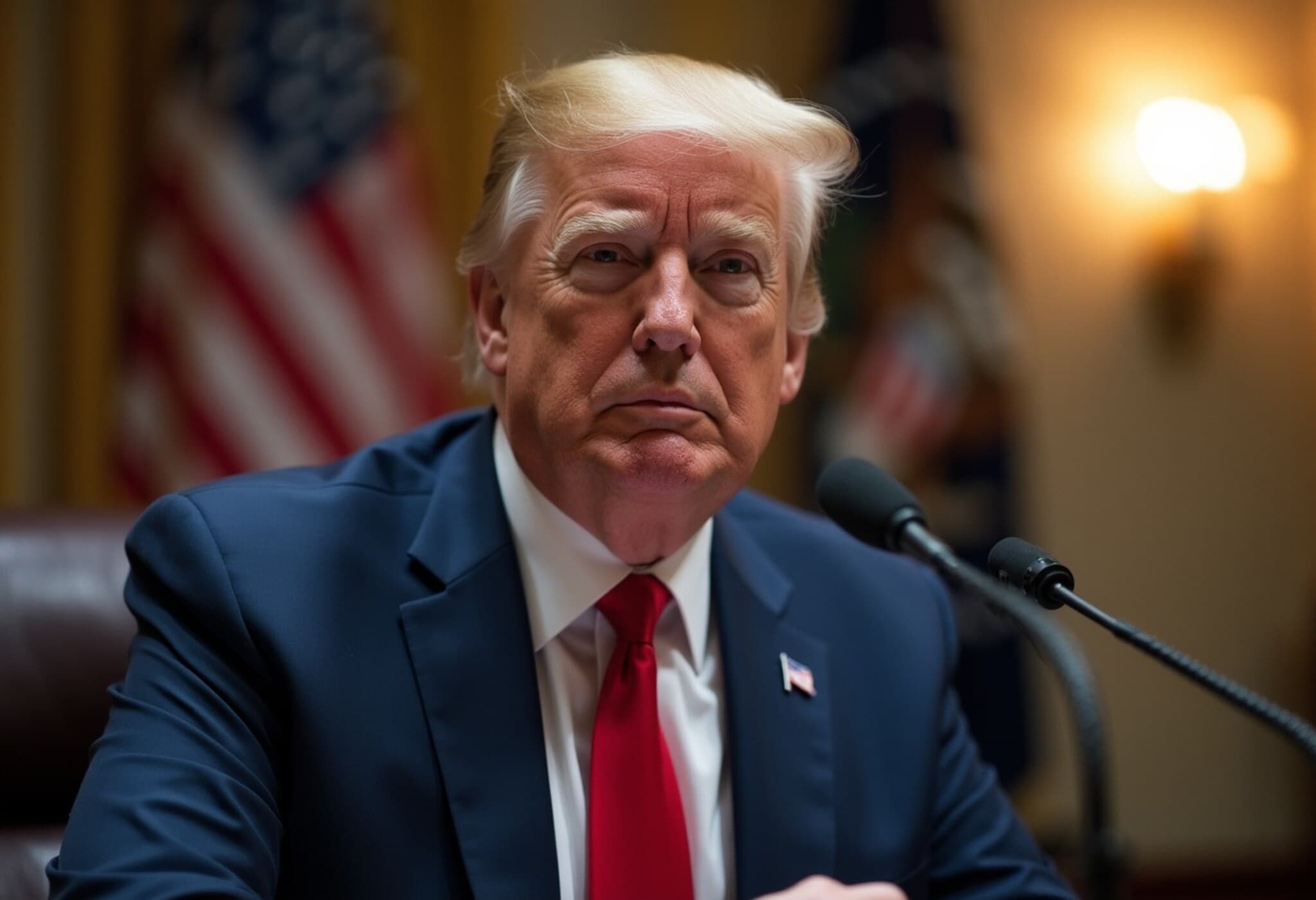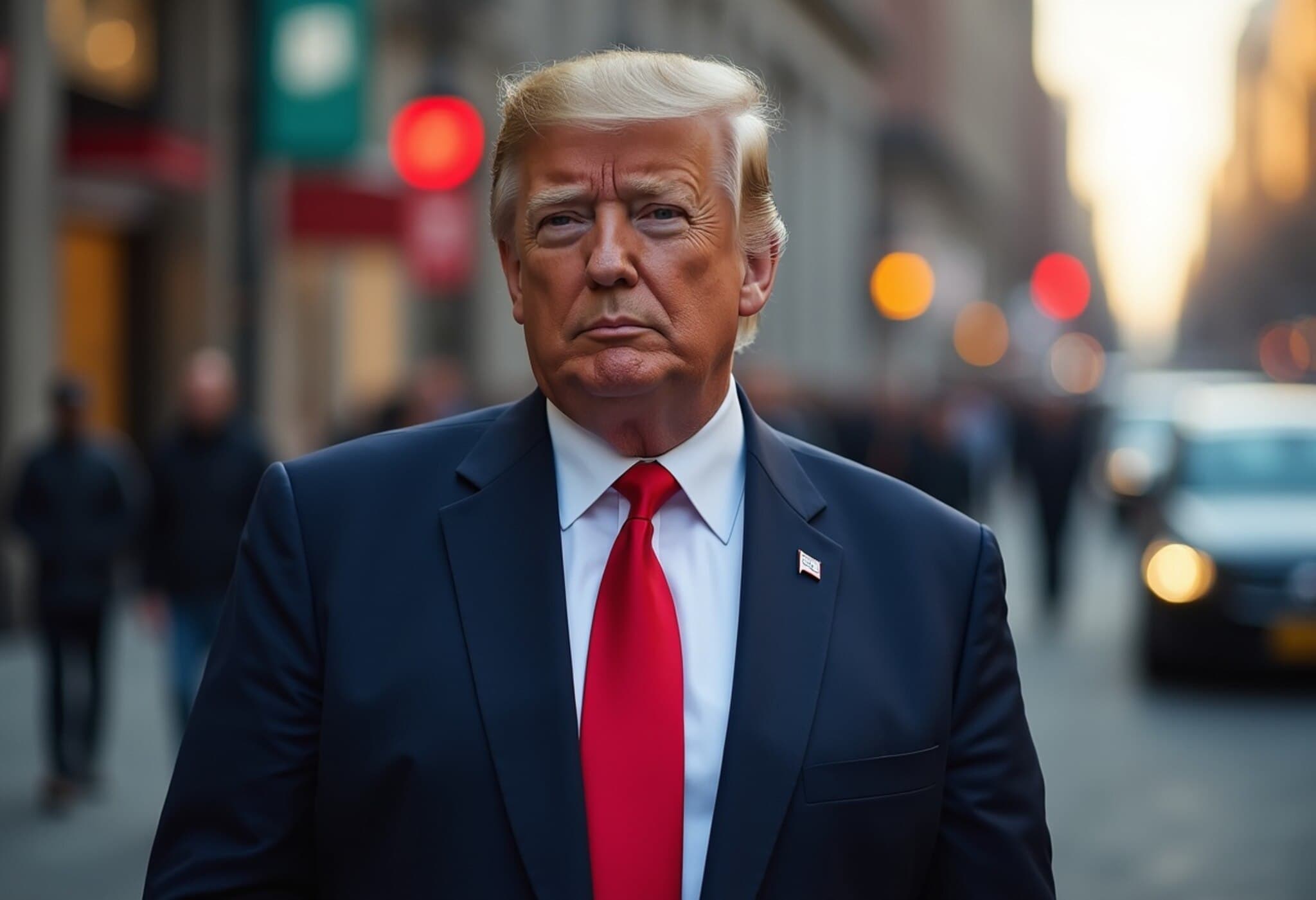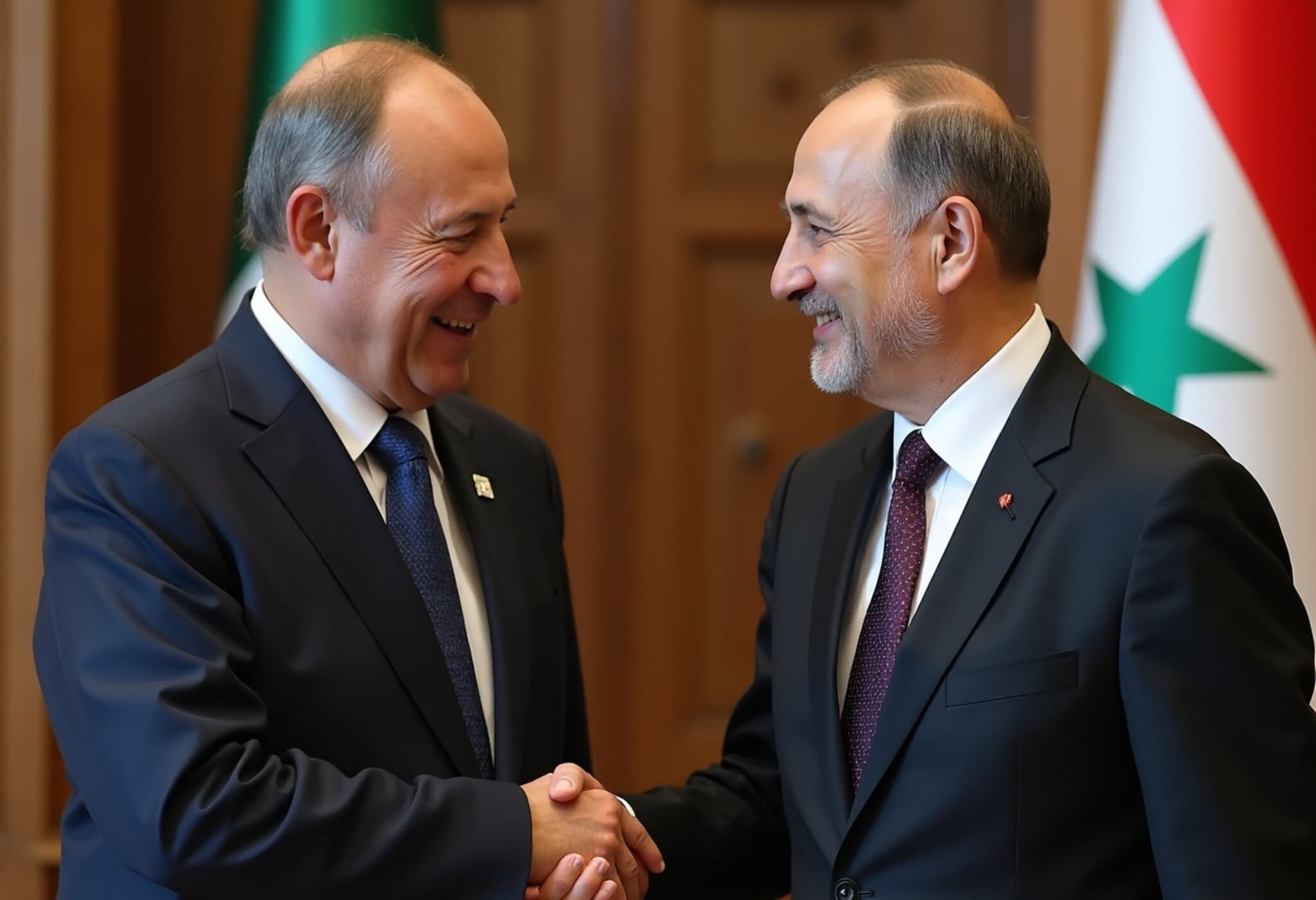Trump Administration's Copper Tariff: A Strategic Twist
In a move that blindsided commodities traders and market analysts alike, the White House finalized a 50% tariff targeting semi-finished copper products, such as pipes, rods, sheets, and wires, while carving out a significant exemption for raw copper inputs like cathodes and ores. This policy aims to bolster U.S. domestic copper production amid soaring global demand but comes with complex market ramifications.
Market Reaction: Price Volatility and Supply Dynamics
The announcement triggered a historic 19% intraday plunge in COMEX copper futures—the largest on record—reflecting intense market recalibration. Previously, investors had braced for tariffs on raw refined copper, driving U.S. imports to record highs in the first half of 2025, and pushing prices on the London Metal Exchange (LME) and Chicago Mercantile Exchange (CME) to all-time highs.
The unexpected exemption for raw copper inputs caught the market off guard, reversing nearly a 180-degree expectation. Albert Mackenzie, a copper analyst at Benchmark Mineral Intelligence, noted, "The shift from a blanket tariff to a nuanced approach has significantly deflated the U.S. price premium on copper futures—from a staggering $2,637 down to $90 within a day. This dramatically altered the pricing landscape, sowing uncertainty and volatility."
Supply Chain Implications
Despite this tariff exemption, experts point out that the U.S. faces a decades-long challenge in scaling domestic copper production sufficient to meet demand. The country currently imports roughly half its copper needs from key exporters such as Chile, Canada, Peru, and Mexico. Deutsche Bank analysts described the tariff announcement as a "huge shock," underscoring the heavy pressure this policy places on U.S. commodity exchanges.
Moreover, there is potential for a surplus of refined copper inventories in the U.S. to flow back into the global market, which could modestly ease worldwide supply constraints. Duncan Wanblad, CEO of Anglo American, emphasized a broader context: "While current inventory misalignments exist, the long-term fundamentals underpinning copper demand remain robust, fueled by the global transition to clean energy and burgeoning technologies like electric vehicles, data centers, and AI." He also highlighted ongoing supply-side hurdles, including permitting difficulties that constrain new mining projects.
Consumer Price Impact: Complex and Sector-Specific
One critical nuance in the tariff policy is that copper tariffs will not stack on top of existing automobile duties. However, for consumer products heavily reliant on semi-finished copper items—such as wiring used in refrigerators, air conditioners, plumbing, and construction materials—the tariff is likely to translate into higher production costs.
Albert Mackenzie explains, "Manufacturers don't purchase raw copper cathodes; they buy wires and semi-finished products that are directly impacted by the tariff. This inevitably filters down to end goods, potentially putting upward pressure on prices for everyday appliances and housing components." Russ Bukowski, President of Mastercam, further warns that increased manufacturing costs may be passed to consumers, driving inflation across various product categories.
From an economist’s perspective, RBC Capital Markets’ Michael Reid describes the consumer price impact as "nuanced." Key sectors such as motor vehicles, communication cables, and plumbing fixtures will feel differing effects based on how copper is incorporated and whether products are domestically produced or imported. Reid highlights construction as the most affected sector since copper-intensive components like wiring and plumbing form a sizeable part of home building costs. However, he stresses that, relative to overall housing expenses, the price hike — even with full pass-through — moderates to roughly a 10% increase in the component costs, which could result in a modest overall rise in home prices.
Looking Ahead: Balancing Protectionism and Market Realities
The administration’s approach signals a balancing act: attempting to safeguard domestic industry without igniting runaway price inflation or severe supply chain disruptions. Yet, the policy's indirect inflationary effects and market uncertainty raise critical questions about its efficacy and broader economic impact.
Given copper’s essential role in the electrification and energy transition, policymakers must also consider the long-term implications for infrastructure resilience, manufacturing competitiveness, and climate goals.
Editor’s Note
The Trump administration's 50% tariff on semi-finished copper products reveals the complexities of trade policy in a globalized supply chain. While exempting raw copper inputs has mitigated some immediate price shocks, the ripple effects on manufacturing and construction costs underscore the interconnectedness of commodity markets and consumer prices. As demand for copper surges due to clean energy technologies, the U.S. faces a strategic imperative to expand domestic supply sustainably. This tariff episode highlights the tension between protecting national industries and managing inflationary pressures—a balancing act with significant stakes for economic growth and technological progress.
Readers are invited to reflect:
- How should trade policy evolve to support critical mineral supply chains without intensifying inflation?
- What measures can complement tariffs to accelerate domestic copper production responsibly?
- How might rising raw material costs influence the pace of the clean energy transition and infrastructure development?
Addressing these questions will be crucial as the U.S. and global markets navigate an era defined by rapid technological shifts and geopolitical uncertainty.











